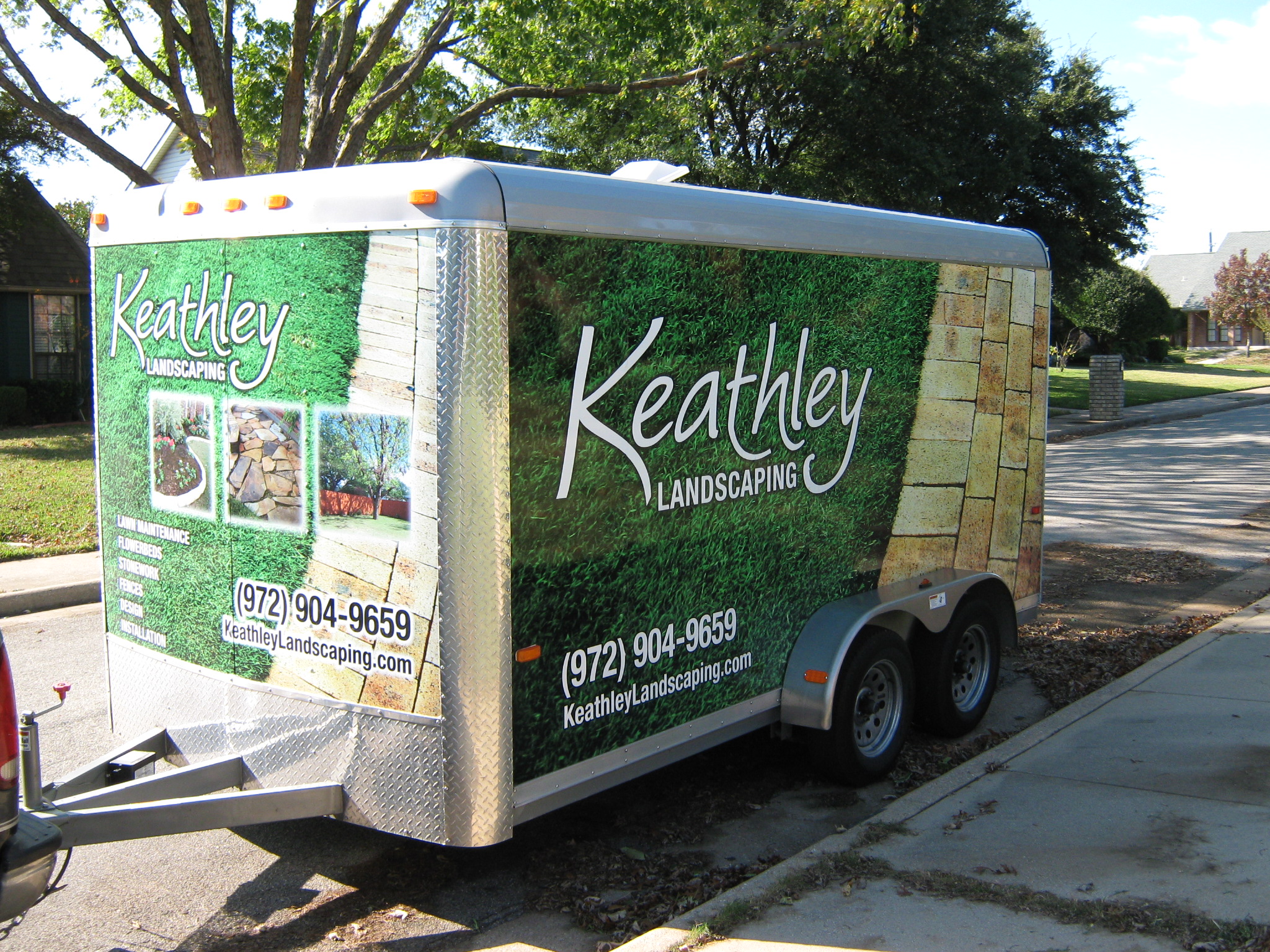Sod Installation: How to Create a Pollinator-Friendly Lawn 🐝🌼
Creating a lush green lawn can be rewarding, but have you ever considered making it a haven for pollinators too? A pollinator-friendly lawn not only enhances biodiversity but also supports the ecosystem by providing a habitat for bees, butterflies, and other beneficial insects. Let’s explore how you can achieve a beautiful, sustainable yard with sod installation.
Table of Contents
1. Introduction to Pollinator-Friendly Lawns
2. Choosing the Right Sod 🌱
3. Preparing Your Lawn for Sod Installation 🛠️
4. Incorporating Pollinator Plants 🌸
5. Maintaining Your Pollinator-Friendly Lawn 🌿
6. Conclusion
7. FAQ Section
Introduction to Pollinator-Friendly Lawns
Pollinators play a crucial role in the environment by helping plants reproduce. A pollinator-friendly lawn is more than just grass; it’s an ecosystem that supports these vital creatures. By selecting the right sod and incorporating native plants, you can create a vibrant space that benefits both you and the planet.
Choosing the Right Sod 🌱
When selecting sod for a pollinator-friendly lawn, consider varieties that are drought-resistant and low-maintenance. Native grasses are an excellent choice as they adapt well to local climates and provide a natural habitat for insects. Look for sod types such as:
Bermudagrass: Known for its durability and tolerance to heavy foot traffic.
Buffalograss: A native option that requires minimal watering and mowing.
Fescue: Offers a lush appearance and thrives in a range of climates.
Preparing Your Lawn for Sod Installation 🛠️
Proper preparation is key to successful sod installation. Follow these steps to ensure a healthy lawn:
1. Soil Testing: Conduct a soil test to determine pH levels and nutrient needs.
2. Clear the Area: Remove any existing grass, weeds, and debris.
3. Level the Ground: Use a rake to level the soil, ensuring good sod contact.
4. Apply Nutrients: Add organic fertilizers to enrich the soil.
Incorporating Pollinator Plants 🌸
Enhance your lawn’s appeal and functionality by adding pollinator-friendly plants. Consider these tips:
Choose Native Flowers: Native plants are more attractive to local pollinators.
Variety is Key: Plant a mix of flowers that bloom at different times to provide a continuous food source.
Butterfly Garden: Create a dedicated area with milkweed and coneflowers to attract butterflies.
Maintaining Your Pollinator-Friendly Lawn 🌿
Once your sod is installed and plants are in place, maintenance is crucial:
Water Wisely: Water deeply but infrequently to encourage deep root growth.
Mow Mindfully: Set your mower to a higher setting to protect pollinators and promote healthy growth.
Limit Chemicals: Avoid pesticides and opt for natural pest control methods.
Conclusion
Transforming your lawn into a pollinator-friendly paradise is a rewarding endeavor that benefits both your garden and the environment. With careful sod selection, thoughtful planting, and sustainable maintenance practices, your lawn will become a thriving oasis for pollinators.
FAQ Section
1. What types of flowers should I plant for a pollinator-friendly lawn?
Consider native flowers like milkweed, coneflowers, and black-eyed Susans. These are not only beautiful but also attract a variety of pollinators.
2. How often should I water my newly installed sod?
Initially, water your sod daily for the first couple of weeks. Once established, reduce watering to once or twice a week, depending on weather conditions.
3. Can I use pesticides on my pollinator-friendly lawn?
It’s best to avoid pesticides. Instead, use natural pest control methods to protect pollinators and maintain a healthy ecosystem.
4. How do I attract butterflies to my lawn?
Plant a variety of nectar-rich flowers and include host plants like milkweed, which are essential for butterfly larvae.
5. Is there a specific time of year that’s best for sod installation?
Sod can generally be installed at any time during the growing season, but spring and early fall are ideal due to cooler temperatures and increased rainfall.





































Recent Comments